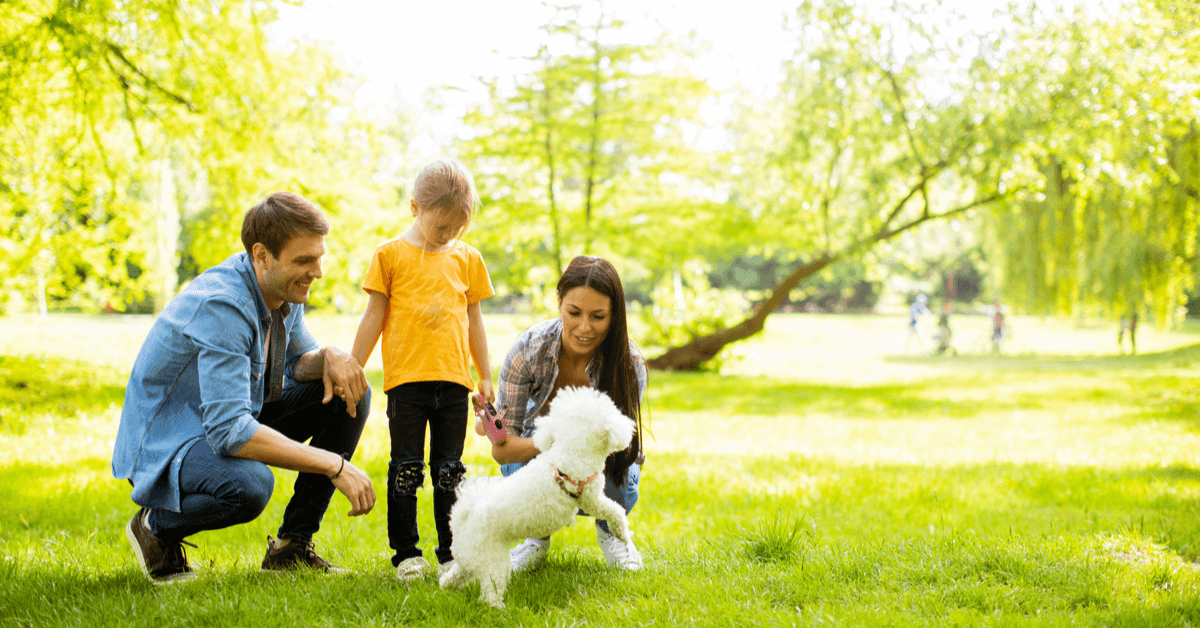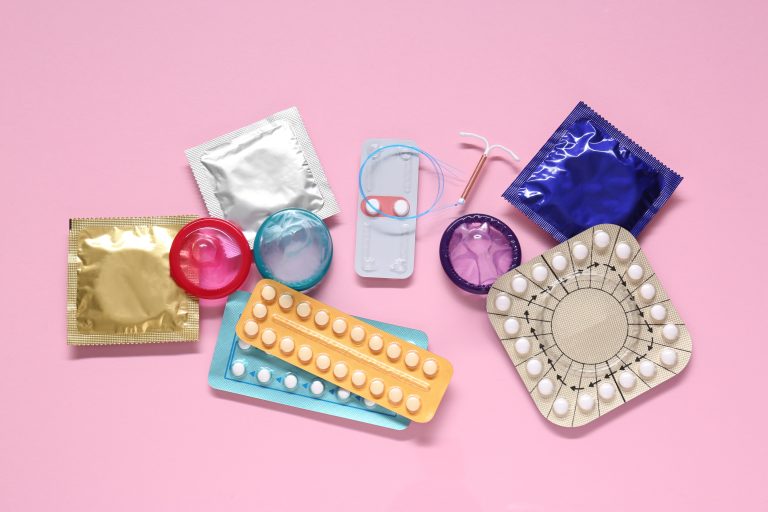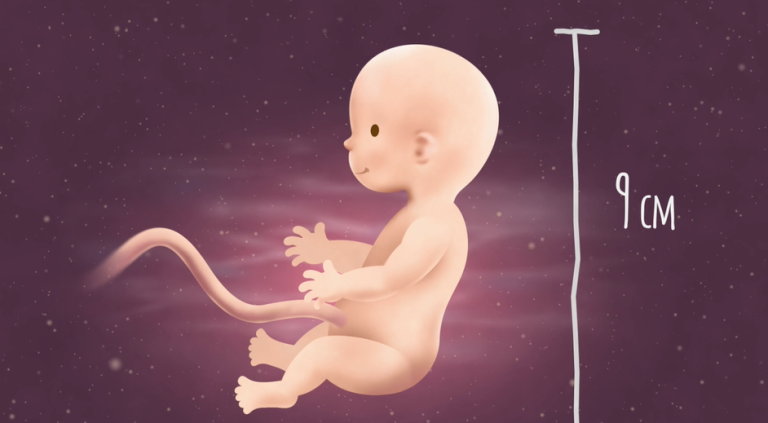“Any problem in the child’s physical development can create permanent results.”
Physical development is an essential part of a healthy life. Great importance should be attached to physical development at an early age because, at those ages, human development takes place at maximum speed.
One of the most important factors to be considered in the physical development of children is adequate nutrition. As human development takes place at maximum speed at those ages, the child’s body needs a lot of energy to respond to this rapid development. If children do not have a balanced and adequate diet, they cannot produce the energy necessary for their development.
As a result, various disruptions may occur in their development. To prevent developmental problems related to nutrition, you should apply a balanced nutrition program to your child. But remember, an excessive amount of nutrition does not mean adequate nutrition.
You should not perceive physical development only as your child’s body changes. With the help of physical development, you can find the opportunity to support your child’s mental and social/emotional development.
When children want to try new movements, you should help them create suitable environments where they can do so. You should not expect them to try something beyond what they are able to. You should perceive the mistakes they make as a process of finding the right path. When the child encounters judgements or prejudice on trial, they will stop trying the action after a while, and this will cause them to lose their self-confidence. As a result, their social development will be impaired. As a parent, by avoiding these movements, you also avoid any potential risks to your child’s development.
Toddlers
At ages 2-3, your child can run in a balanced way and swing her arms from side to side like an adult. On the first days, when your child is climbing up the stairs, they might need to stop with both feet on each step but then they can start to climb up with one foot at a time. They can only catch big balls during the first few days, but later on, they also start to catch small balls. They can jump from the bottom step of a ladder, walk on tiptoe, push things with wheels, and draw and paint various things.
In advanced months of these ages, they can ride a tricycle, climb on small toys in parks, jump on one leg, get dressed and brush their teeth with assistance.
What can you do to support the development of your toddler?
- Go to playgrounds and encourage them to climb and slide.
- Take walks together and let them ride a tricycle.
- Play games like chase and hide and seek together.
- Imitate animals together and try to move like them. (Jump like a kangaroo, crawl like a snake, etc.)
- Fly a kite together.
- Fly bubbles and try to follow and catch them.
- Provide environments for them to play with their peers. (park trips, picnics, entertainment centres, etc.)
- Have them use big pencils when drawing.
- Avoid giving them very sharp tools.
- Get building blocks at different sizes and weights, play with them, and build various places with those blocks. (castles, zoos, museums, etc.)
- Buy wooden puzzles and help your child sort the puzzle.
- Get play dough and lead your child to create different shapes.
Preschoolers
At ages 4 to 6, children begin to lose their infancy gradually. The increase in body fat slows down, and your child’s height-weight balance begins to change. Their neck begins to lengthen and so their appearance changes. Your little one is now old enough to do many activities by themselves. You should encourage and support them to do these activities during this period.
What can you do to support the development of your preschooler?
- Do cycling, walking and jogging tours with your child.
- Let your child help you with household chores (such as watering the flowers, vacuuming the carpet, going shopping, dusting, etc.)
- Turn on a song you both love and dance together to this song and try to catch the rhythm.
- Perform their favourite cartoon or book character.
- Play the ball games together.
- Try somersaults together.
- Draw various shapes on the ground and ask your child to walk on them.
- Let them climb trees.
- Let them roll on the ground. Create spaces where they can move freely in the house.
- Plant a tree or flower together.
- Let them pour their favourite drink from the pitcher into their glass.
Would you like to share your experiences or questions as a comment?
Have a nice and healthy day!







